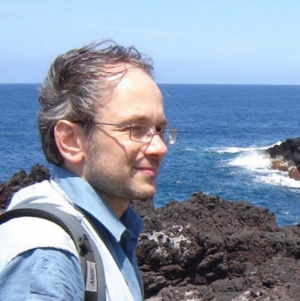Fattorini, S. (2016) A history of chorological categories.
History and Philosophy of the Life Sciences,
38(3), 12. DOI:10.1007/s40656-016-0114-1 (IF2016 0,13; Q3 History & Philosophy of Science)
One of the purposes of the research program referred to as "systematic biogeography" is the use of species distributions to identify regions and reconstruct biotic area relationships. The reverse, i.e. to group species according to the areas that they live in, leads to the recognition of chorological categories. Biogeographers, working under these two different approaches, have proposed several terms to refer to groups of species that have similar distributions, such as "element", "chorotype" and "component". A historical reconstruction, including semantic observations and philosophical implications, shows that these terms have been used in a variety of senses. The word "component" should not be used in biogeography. The word "element" has been used to identify both a group of species defined according to the biogeographic areas they occupy and a group of species with an assumed shared biogeographic history. It is especially because of the influence of the dispersalist paradigm, which dominated evolutionary thought until the mid-twentieth century, that the second definition has been frequently adopted. The term "element" is therefore ambiguous and its use should always be associated with an explicit definition. The word "chorotype" should be used to define groups of species with similar ranges when no causal assumption is made. The concept of "chorotype," finally, should not be confounded with other concepts such as distributional pattern, cenocron, horofauna, biota, endemic area, area of endemism, biotic element, and generalized track, which are also discussed in this paper.

